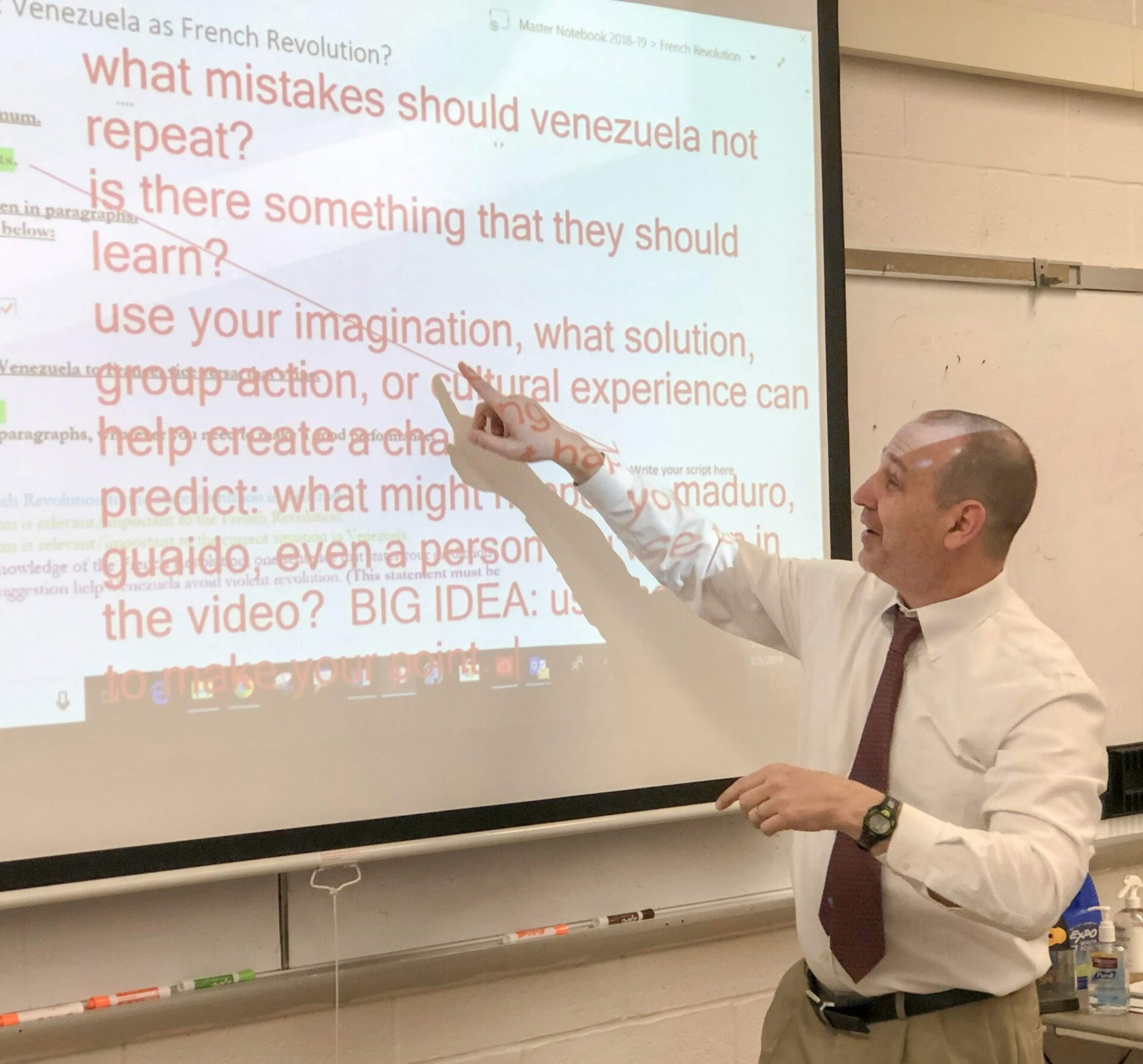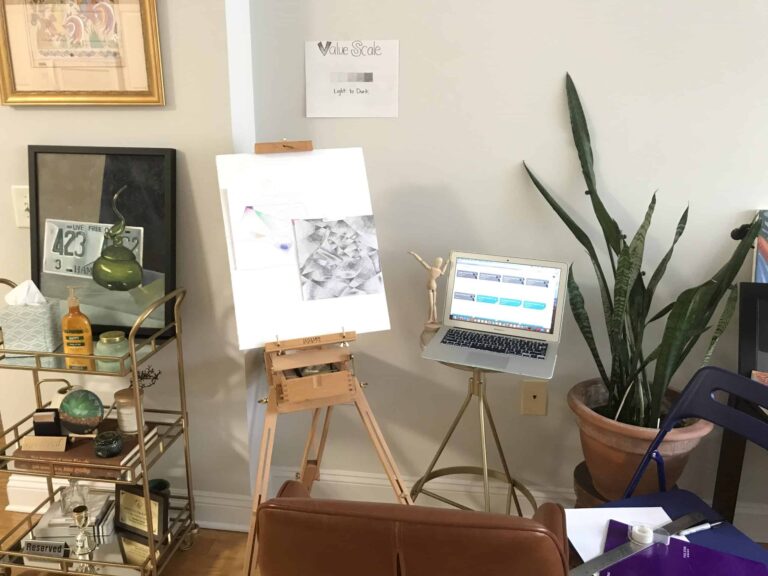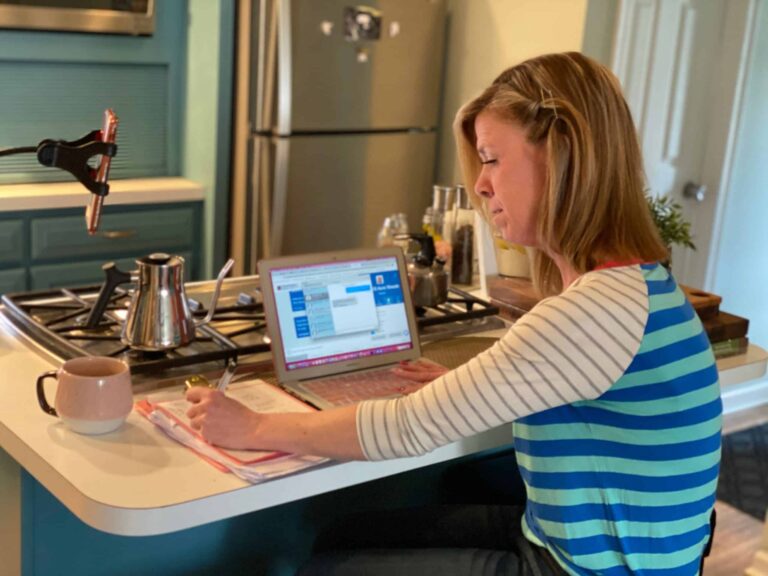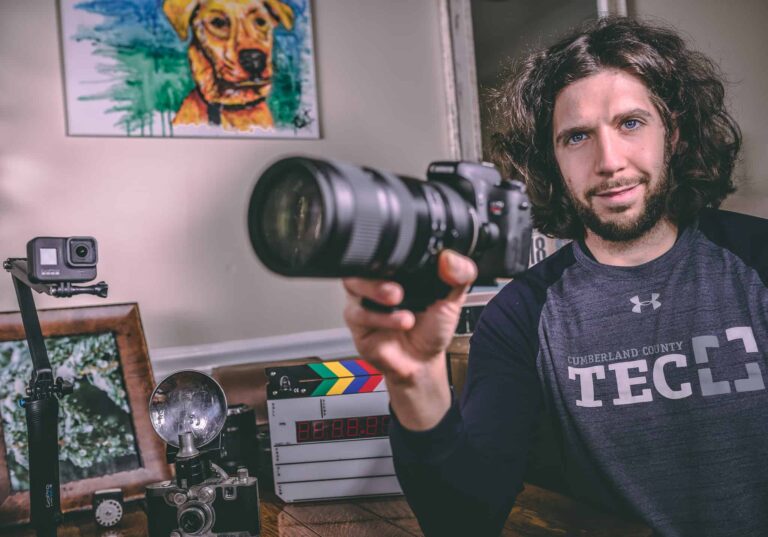By Glen Coleman
Just before shutting off my computer after another day of remote learning—a full two weeks in—a friend emails me: “I am done with this remote learning nonsense!” The disruption caused by the coronavirus is challenging even our most experienced teachers. This is really hard. It’s also an opportunity to grow.
Consider the following as we stay out of our school buildings and away from our students and colleagues.
Fail forward
We are all flying blind—all of us—teachers, administrators, politicians and communities. This provides urgency to learn, experiment and grow because that is what is needed: a positive attitude. Acknowledgement of our ignorance and affirmation of our goal—lifelong learning—ennobles our mission as teachers. Failing forward with students empowers everyone.
Email lists connect you to students and parents
If you haven’t done so, create email lists to students and parents to ease lines of communication. Write brief emails. Email students and parents to apprise them of new projects, assignments and deadlines. At the start of my classrooms’ adventures in online instruction, I sent an email to parents and students explaining my expectations to create a healthy online culture.
Facilitate student-to-student virtual interaction
Find a mechanism where students can safely share ideas, post questions, help each other, and where you as teacher can monitor the conversation. If you are in a low-tech school, perhaps create a shareable Word document, one for each day. (There’s great power in the “comment” function on sharable documents.) A good phone app to try is “Remind.” In a more tech provisioned school that may use Google, Microsoft, Apple, etc., definitely master their chat rooms. It must be secure. Imagine a healthy “Facebook for your classroom” to catalyze conversation and community.
Embrace the glitch
Via our chat feature on Microsoft TEAMS at River Dell High School, I’ve had some deep conversations in my online classrooms about the coronavirus and history. Meaningful learning can take place in these chat rooms, and, yes, there are glitches. They are to be expected even in the best of circumstances. I troubleshot these glitches with my students through my email list. Embrace the glitch and move forward.
Videos can change your game
Teacher-made videos have the potential to reinvent your teaching. The learning curve is steep, but the rewards are breathtaking. Explain a concept in a three-minute video, and you’ll never have to repeat it again. Annotate your big ideas on a computer screen as you speak, for example draw on a map, annotate a paragraph, dissect a math problem, you name it. It’s like a weather forecaster for your learning who directs you to what’s important. The possibilities are huge.
Video can soothe isolation
Communication via video (i.e., Skype or FaceTime) can soothe the isolation caused by social distancing. Consider FlipGrid.com to get students to connect with each other. Students post videos and other students respond with their own videos, meaning they can self-edit and then post. That students can share in a safe space is a great privilege of the physical classroom. Let’s have that happen online. Make sure only members of your class can participate.
Reimagine testing
Perhaps the coronavirus can encourage us to reinvent testing from a one-and-done task to a community activity. Imagine you give a very hard test. It’s taken online. Students have to get a 100 on it—or 90, depending on expectations. There’s no answer key; only the final score is shown. To get a 100, retake again and again. Students work together, brainstorm, submit answers, identify what they get wrong and retake the entire “test” until they succeed. Does this mean that the “community test” is worth the same as “real” test? No, but meaningful learning emerges.
We are all trying on new clothes. They don’t feel comfortable. I often leave the digital classroom with a headache as I manage seemingly endless screens. In the classroom, so much is communicated nonverbally. Now I stare at screens scanning for meaning that would have been so easily communicated with a smile. We are at our best when we see each other, the whole human.
The transition is startling, but the payoff is huge. When we get back to the classroom, we will be better.




